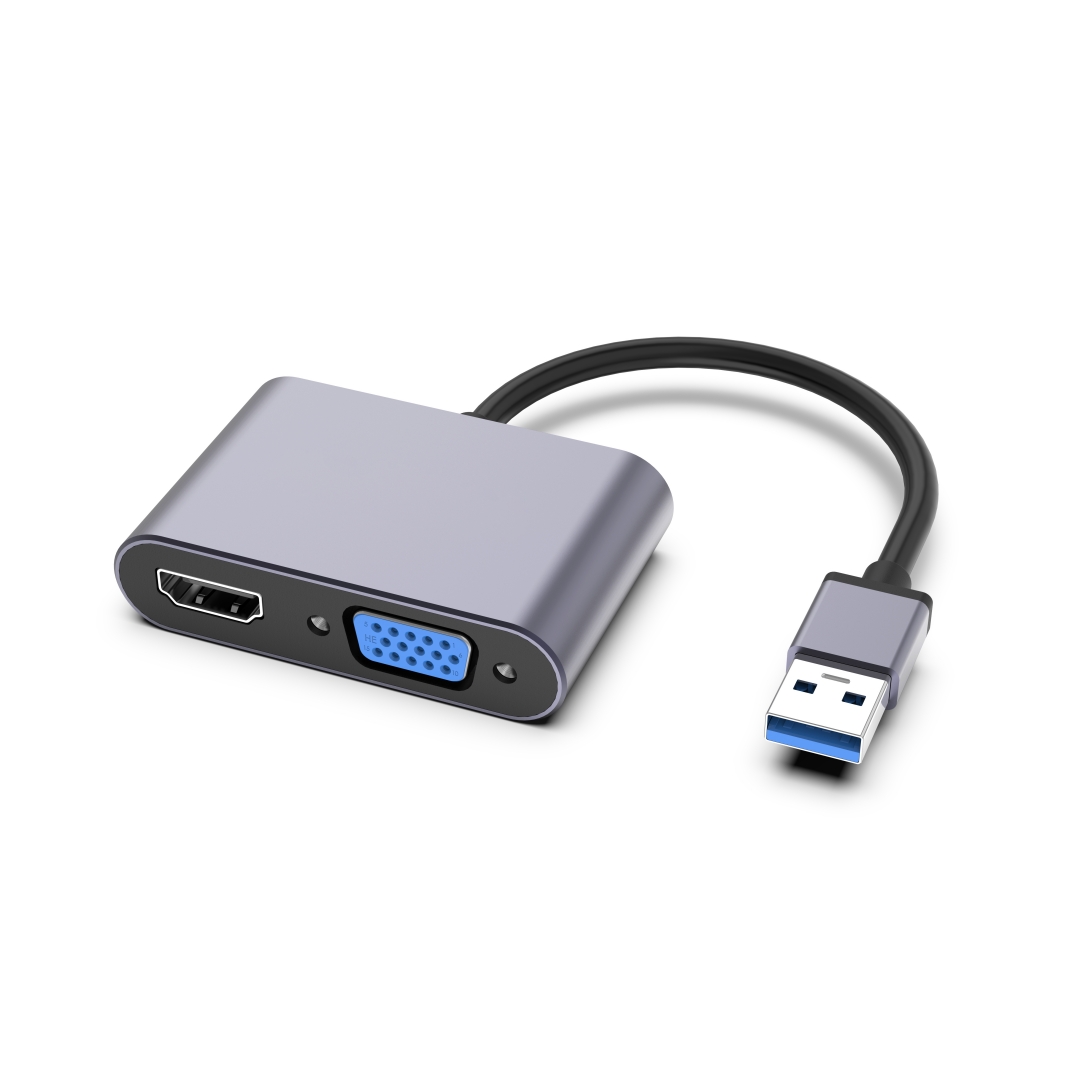In-depth Overview and Necessity of a USB Hub

A USB hub is an essential peripheral device that expands the number of USB ports available on a computer. It acts as a central hub, enabling users to connect multiple USB devices simultaneously. The purpose of a USB hub is to meet the growing demand for USB connectivity, as most computers come with a limited number of USB ports.
USB hubs not only provide convenience but also enhance functionality. They allow users to connect various devices such as keyboards, mice, printers, external hard drives, and more, without the need to constantly switch cables or reposition devices. This increases productivity and simplifies the overall user experience.
USB hubs come in various configurations, including different numbers of ports, different transfer speeds (such as USB 2.0 or USB 3.0), and powered or unpowered options. Powered USB hubs have an additional power supply to deliver stable power to connected devices, making them suitable for power-hungry devices like external hard drives and charging smartphones or tablets.
Proper Methods to Unmount a USB Hub
Unplugging a USB hub or any USB device without properly unmounting it can lead to data loss, corruption, or damage to the device. To avoid such issues, it's important to follow the correct procedure when unmounting a USB hub:
Step 1: Safely Eject or Unmount
When you're finished using the USB hub and want to disconnect it from your computer, make sure to properly unmount it first. On a Windows computer, click on the "Safely Remove Hardware" icon in the taskbar notification area. Select the USB hub from the list and click "Eject" or "Safely Remove." On a Mac, you can click on the USB hub icon on the desktop and select "Eject" or drag the icon to the trash bin.
Step 2: Wait for Confirmation
After initiating the unmount process, wait for the computer to confirm that it is safe to remove the USB hub. This confirmation typically appears as a notification or pop-up message on your computer screen. It ensures that all data writing operations are completed and no background processes are still accessing the USB hub.
Step 3: Physically Disconnect
Once you receive confirmation, you can safely disconnect the USB hub from the computer. Gently remove the USB cable connected to the USB port of your computer, and then unplug the USB hub from its power source, if applicable.
Summary
In summary, a USB hub is a valuable addition to any computer system, allowing users to connect multiple USB devices simultaneously. It provides convenience, flexibility, and expanded functionality. However, it is crucial to follow the proper procedure when unmounting the USB hub to avoid data loss or device damage. By safely ejecting the USB hub and waiting for confirmation before physically disconnecting it, users can ensure the integrity of their data and the longevity of their devices.



